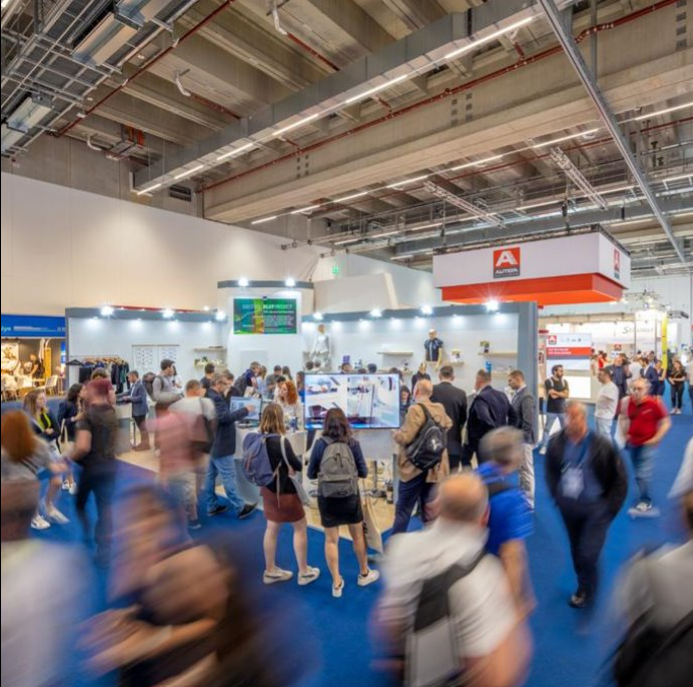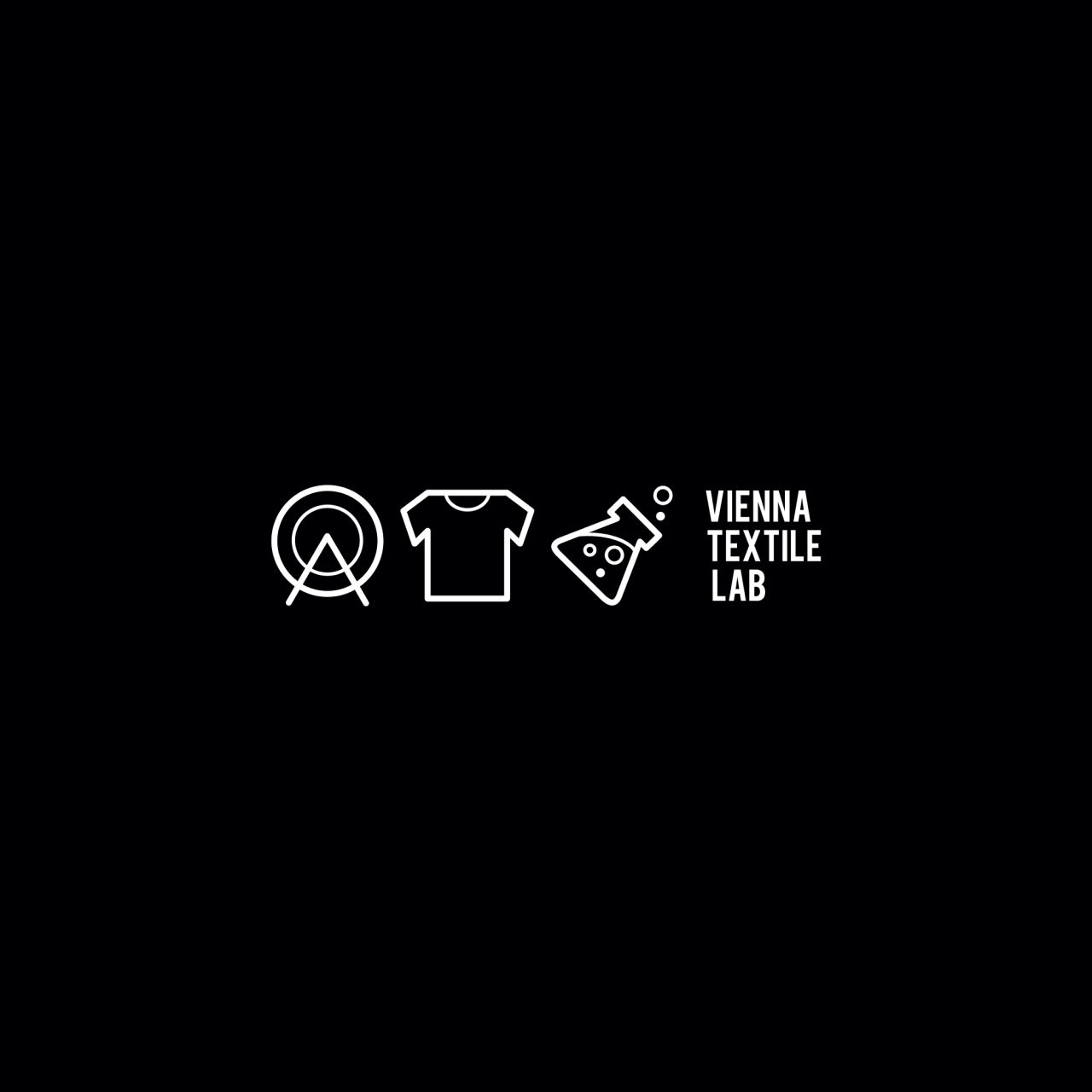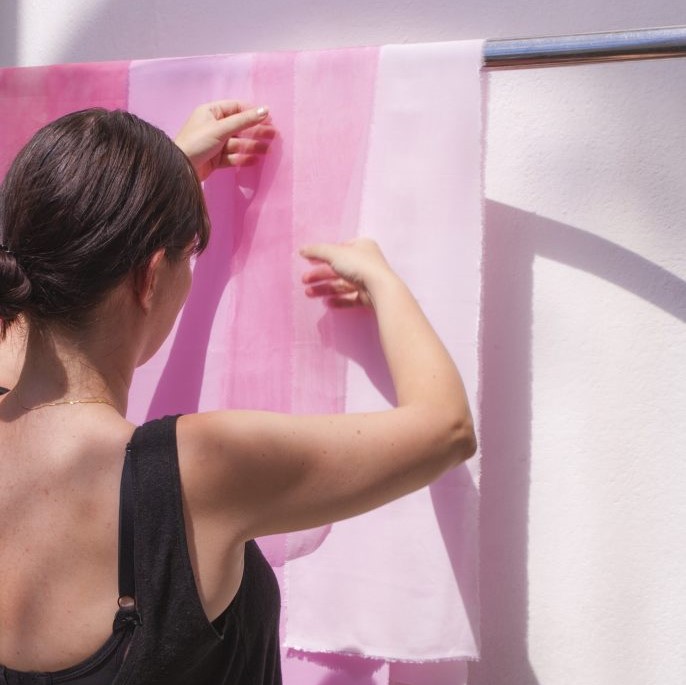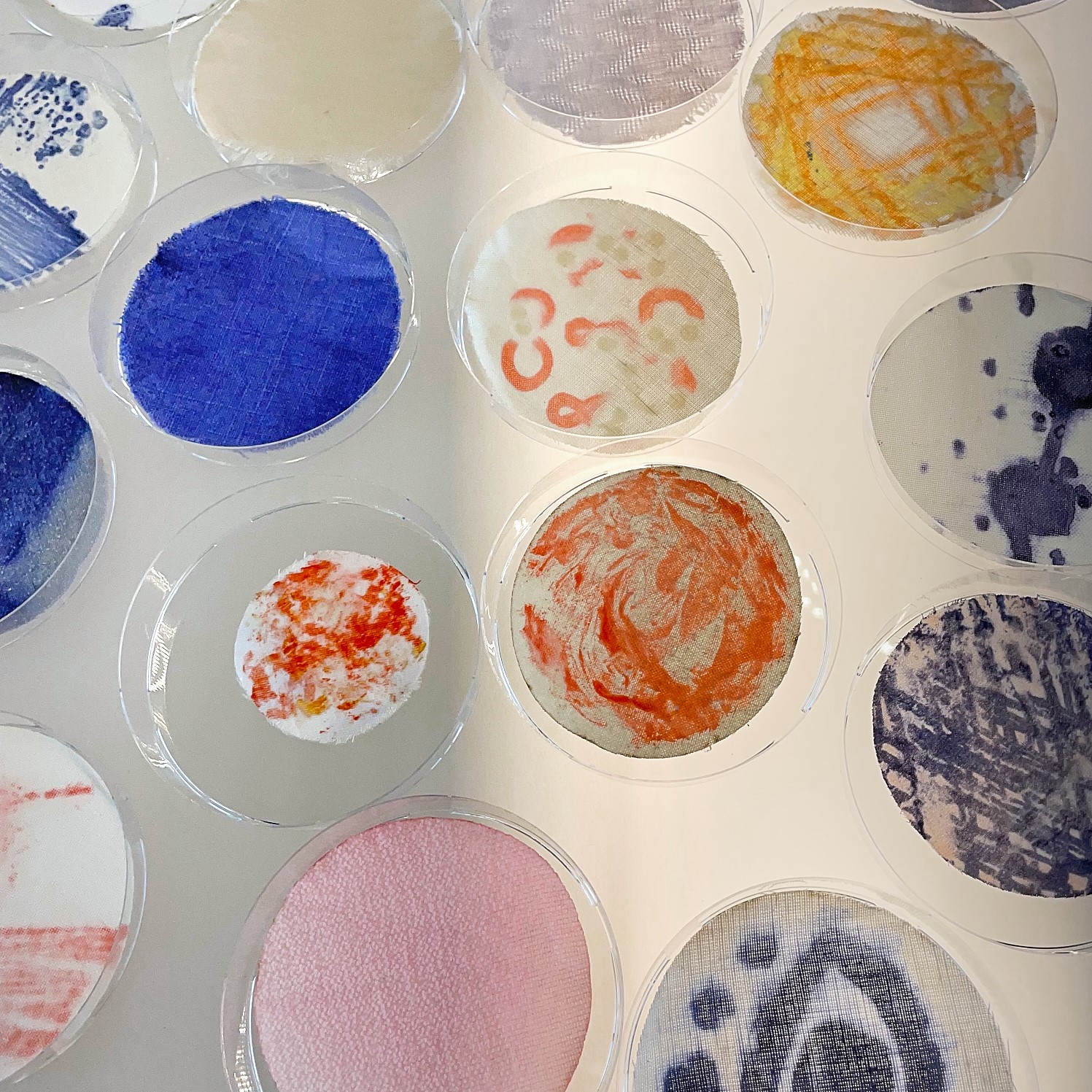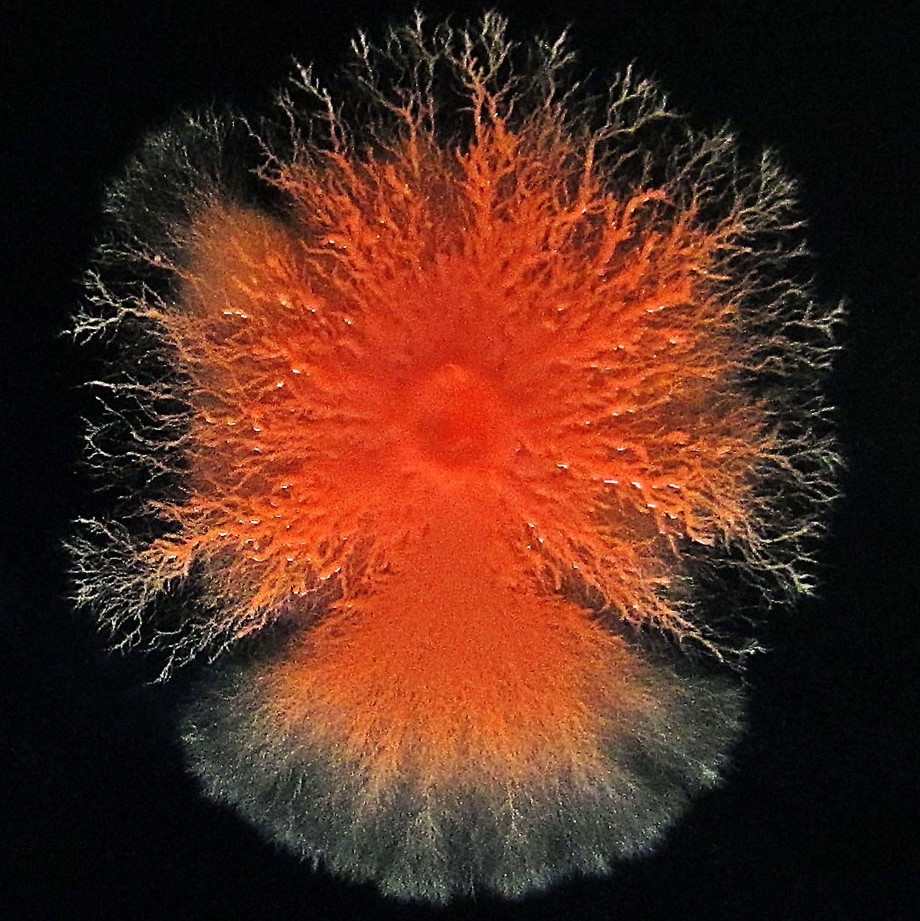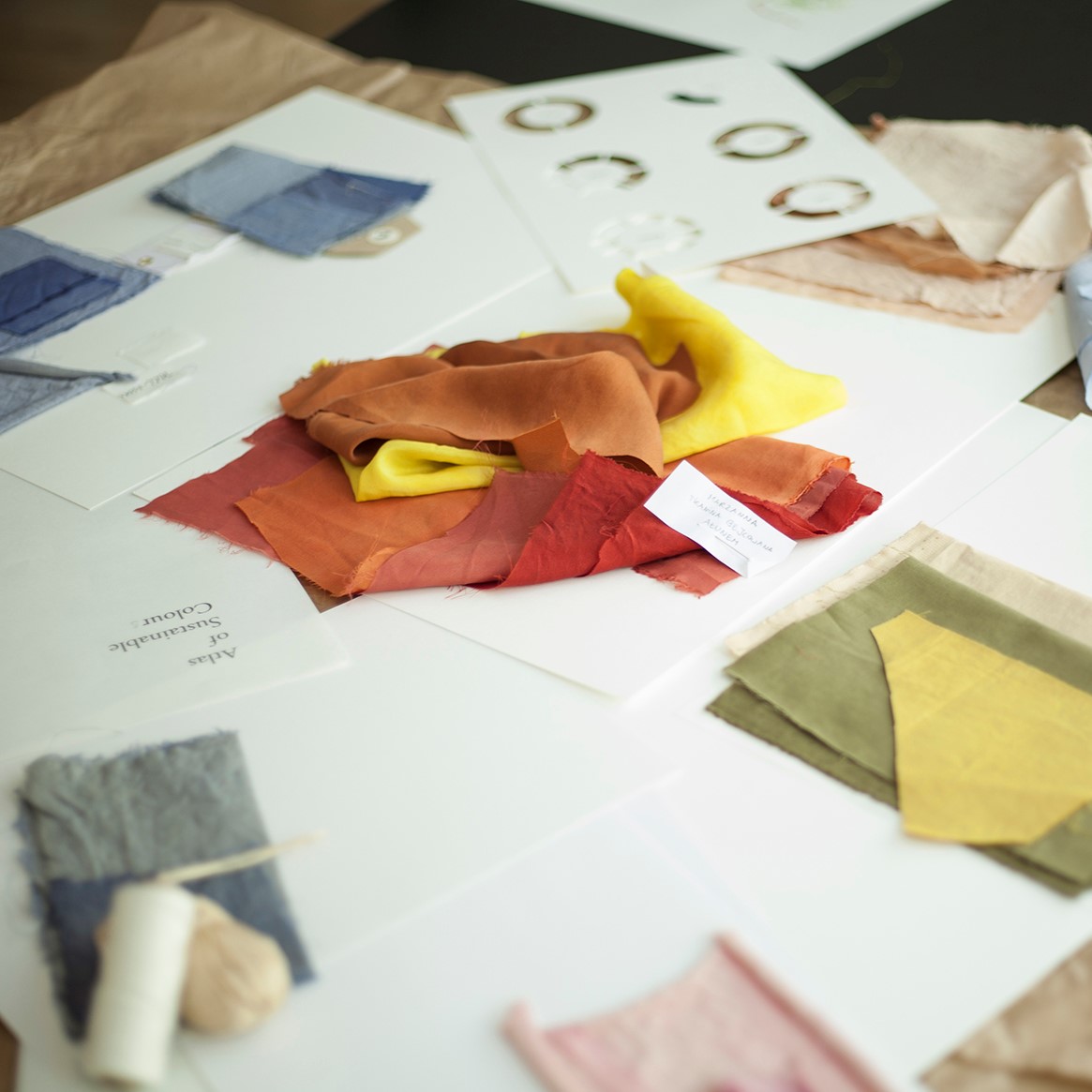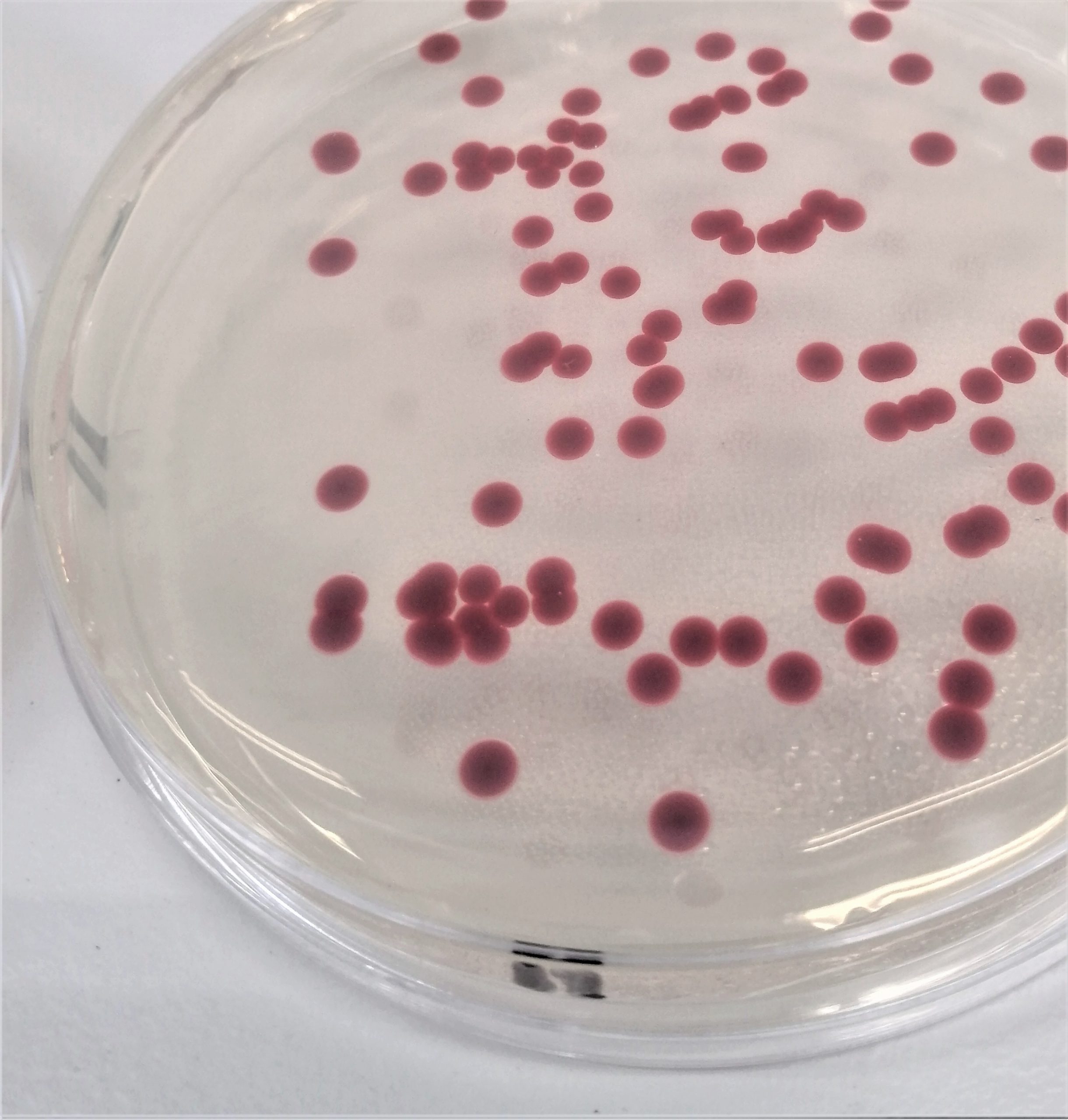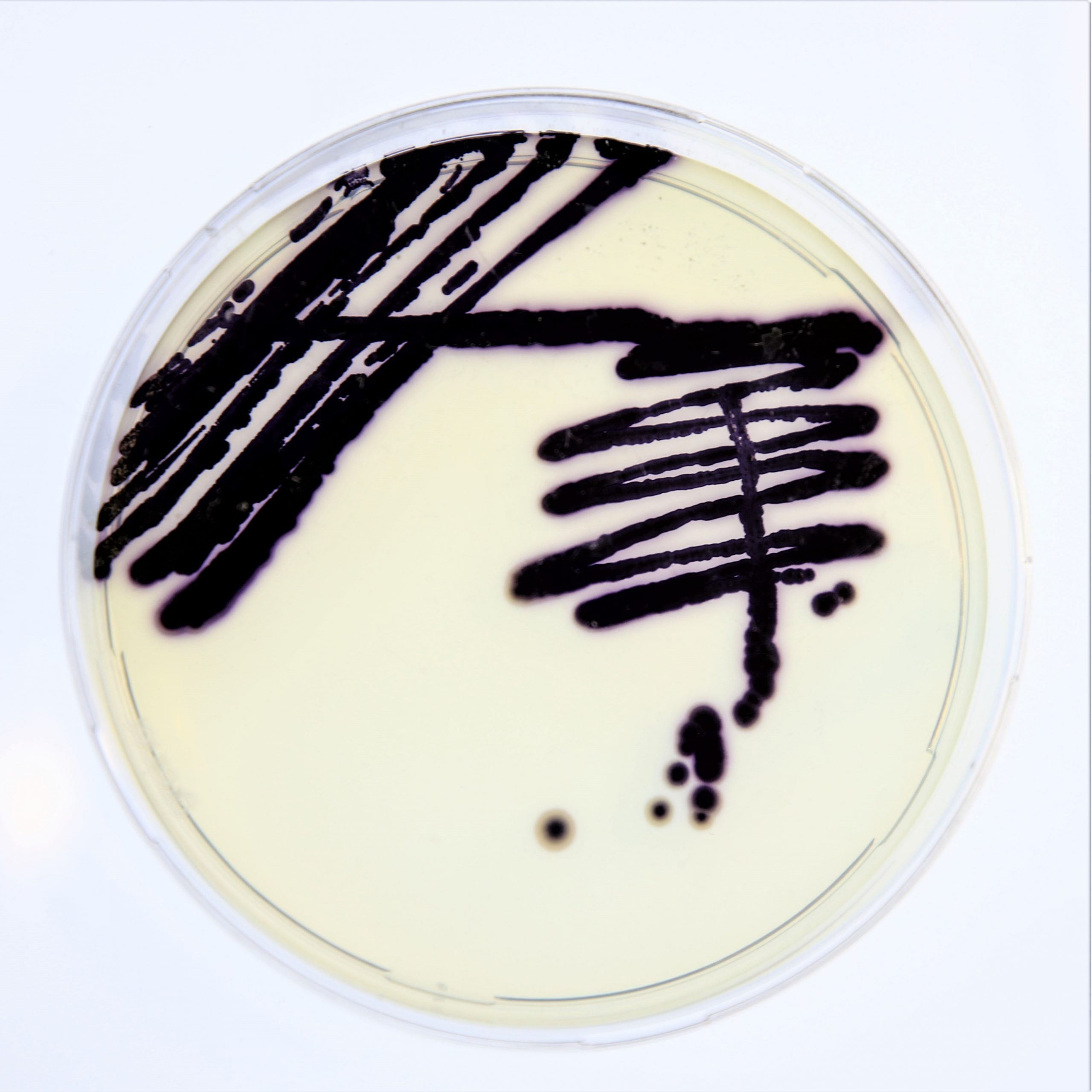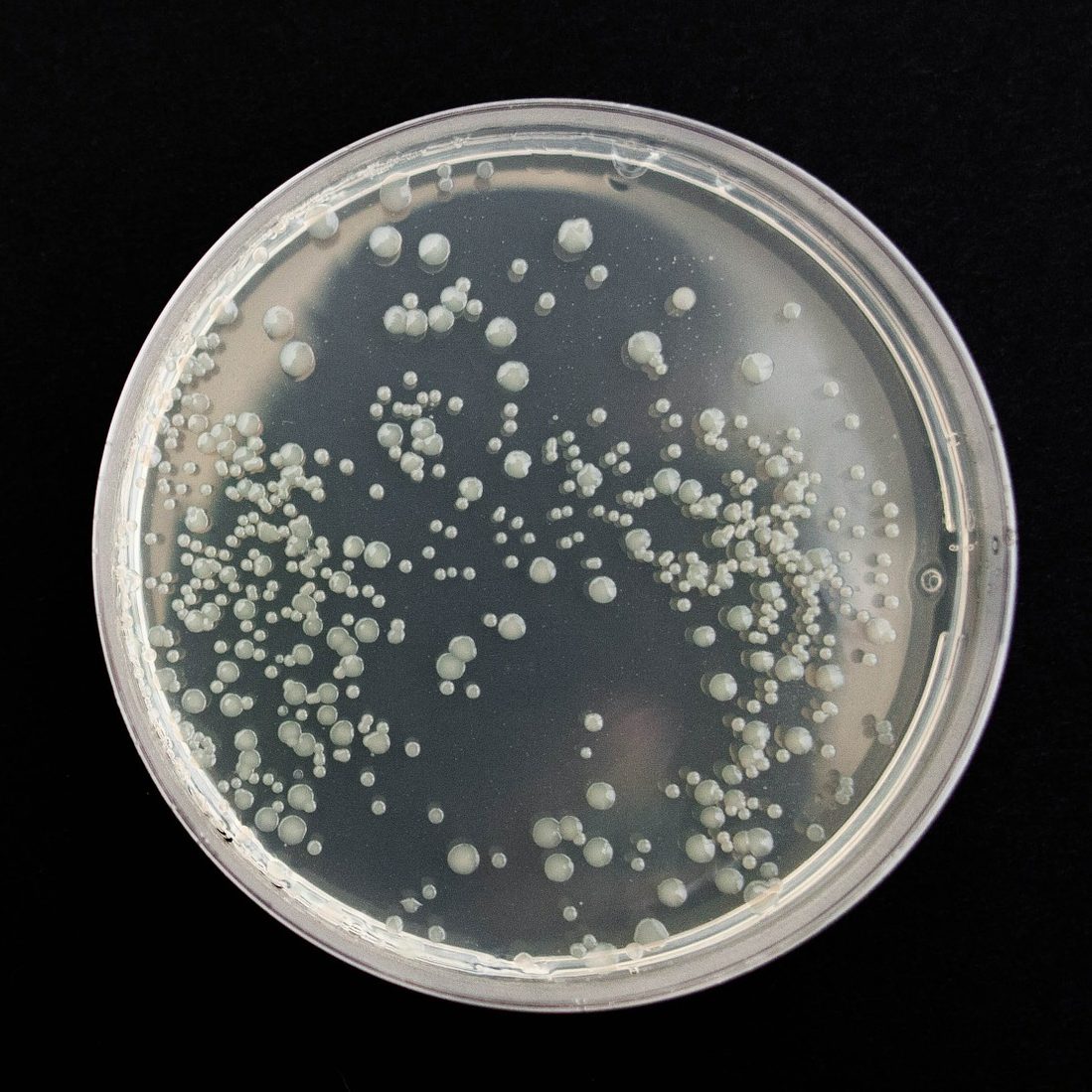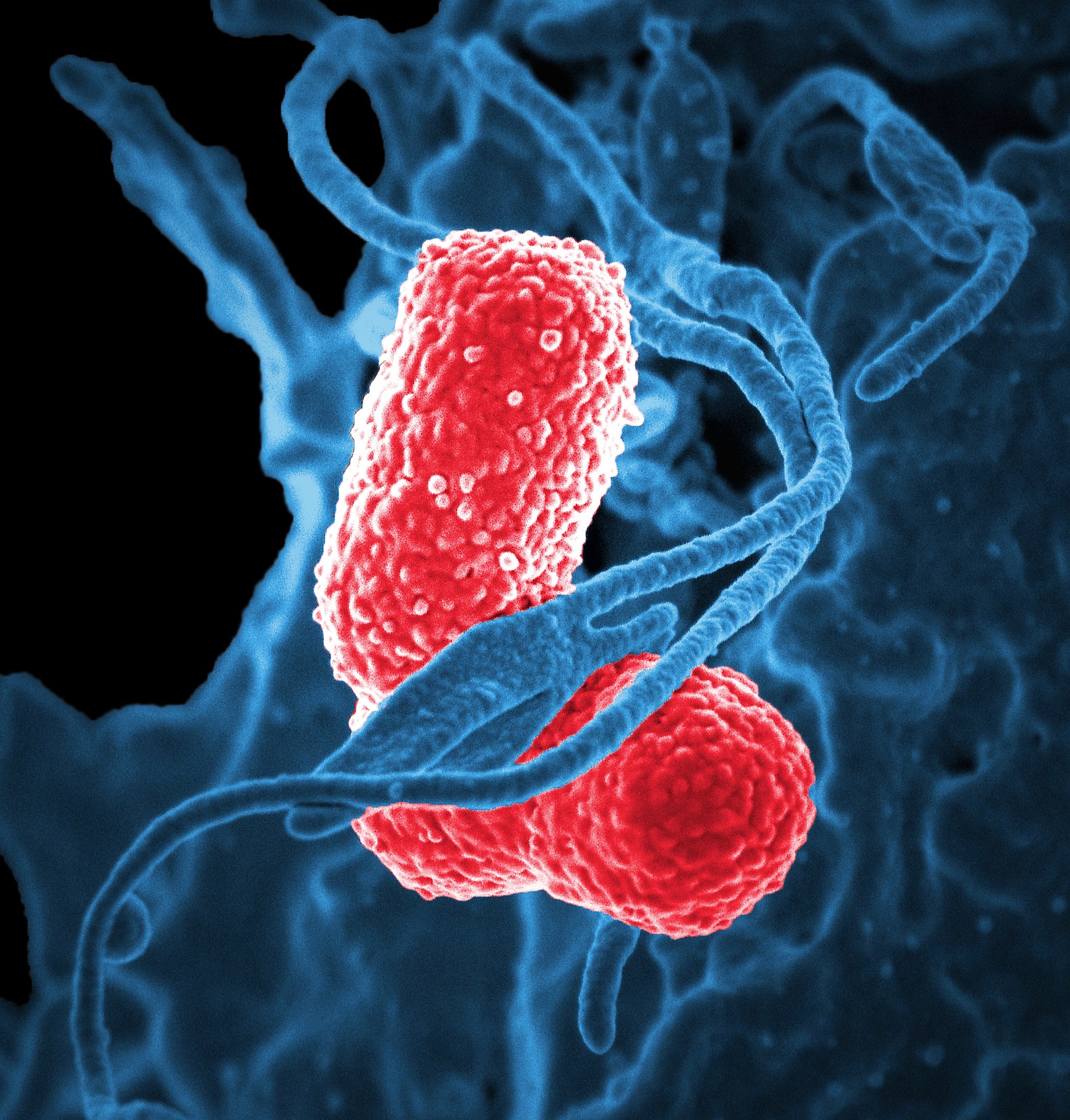The partners Vienna Textile Lab and Living Colour Collective are two visionary businesses from Austria and The Netherlands with a proven track record of success in the field of microbial dyes. Both companies have known each other for years and sought an opportunity to work together. They decided to apply for the ELIIT Call 2 […]
